-

Self-Propelled Wheelchair
£293.01Supplied in: Single -

Instant Ice Packs
From £8.73 To £9.86Supplied in: Pack of 10 -

Code Red Evacuation Chair
£550.00Supplied in: Single -

EV 4000 Evacuation Chair
£659.99Supplied in: Single -

Emergency Foil Blankets
From £9.24 To £103.99Supplied in: Single -
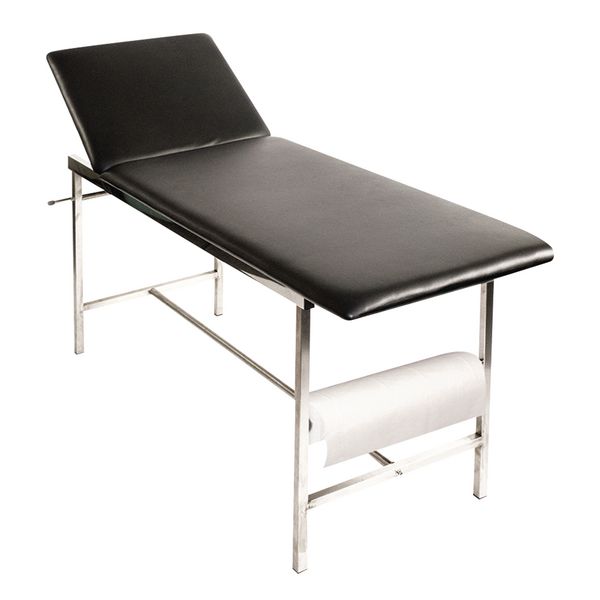
Treatment Couch
£305.66Supplied in: Single -
Promotion

EV4000 Evacuation Chair & Signage Kits
From £709.99 To £731.29
£699.99
Supplied in: Single kit -
Promotion

EV 5000 Evacuation Chair
£1,228.97
£1,180.00
Supplied in: Single -

EV 7000 Evacuation Chair
£854.85Supplied in: Single -

Evacuation Chair 'Train The Trainer' Course
£1,004.50Supplied in: Single -

Mobile Folding Screen
From £436.87 To £448.29Supplied in: Single -

Cotton First Aid Blanket
£31.66Supplied in: Single -

Nitrile Gloves
£0.99Supplied in: Single Pair -
Promotion

EV 8000 Powered Stair Climber
£3,069.87
£2,916.00
Supplied in: Single -

Vista' Medical Storage Trolley
From £571.79 To £582.82Supplied in: Single -

Mobile Curtain Screen
£365.75Supplied in: Single -

Seton GDPR Compliant Accident Book
From £3.14 To £3.50Supplied in: Single -

Evacuation Chair Operator Training
£461.25Supplied in: Single -

Evacuation Chair Servicing
From £61.50 To £92.25Supplied in: Single -

First Aid Room Equipment Packages
From £962.39 To £1,407.79Supplied in: Single -

Emergency Folding Stretcher
£125.99Supplied in: Single -
Promotion
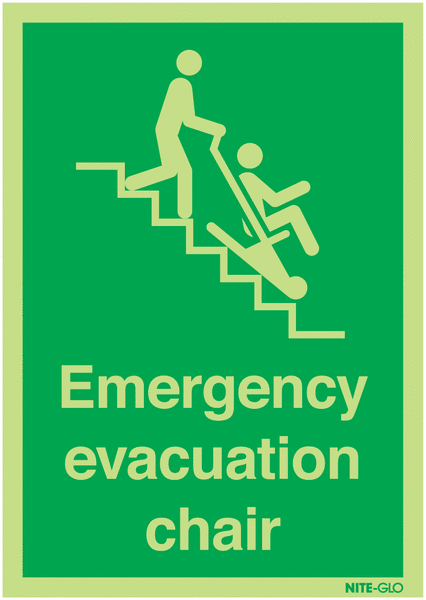
Nite-Glo Emergency Evacuation Chair Signs
From £8.99 To £37.99
From £7.65 To £37.99
Supplied in: Single -

Safety Pins
£1.10Supplied in: Pack of 12 -
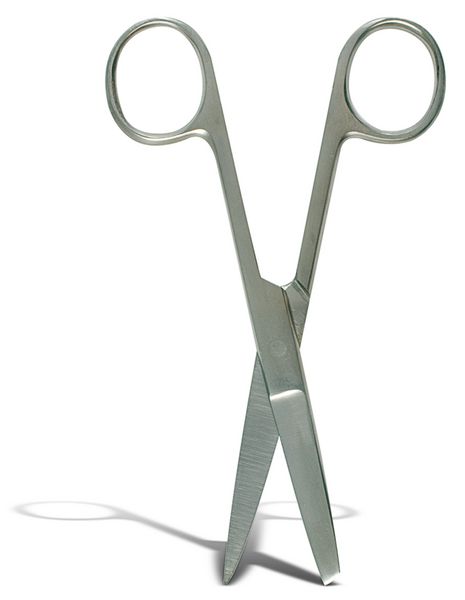
Medical Scissors
From £3.49 To £5.61Supplied in: Single -
Promotion

Wall Thermometer
£8.93
£0.99
Supplied in: Single -

Plastic Forceps
£6.06Supplied in: Pack of 5 -

First Aid Equipment and Accident Book Kits
From £27.14 To £32.54Supplied in: Single kit -

Medical Stools
From £219.67 To £241.90Supplied in: Single -

Reusable Hot and Cold Packs
£5.05Supplied in: Single -

Surgical Instrument Trolley
£267.38Supplied in: Single -

Accident Book Holders
From £18.49 To £39.89Supplied in: Single -

Enamel First Aider Badge
£1.25Supplied in: Single -

Clothing Cutters
From £4.79 To £9.33Supplied in: Single -
Promotion

Emergency Evacuation Chair Signs
From £9.99 To £14.99
From £8.54 To £12.59
Supplied in: Single -

Code Red Transit Chair
£306.95Supplied in: Single -

Colenso Couch
From £519.19 To £529.20Supplied in: Single -

First Aider Safety Badge - Rectangle
£6.49Supplied in: Single -

Personal Scales
£74.65Supplied in: Single -

Cold Therapy Value Pack
£32.80Supplied in: Single kit -
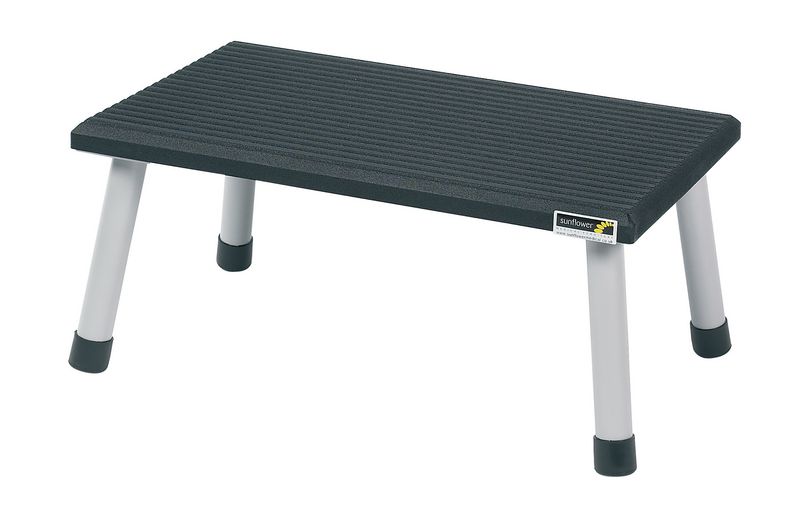
Black Anti-Slip Couch Steps - 125kg Weight Capacity
£154.29Supplied in: Single -

Disposable Polythene Aprons
From £9.99 To £20.19Supplied in: Pack of 100 -

Visitor Chairs
From £110.59 To £125.16Supplied in: Single -
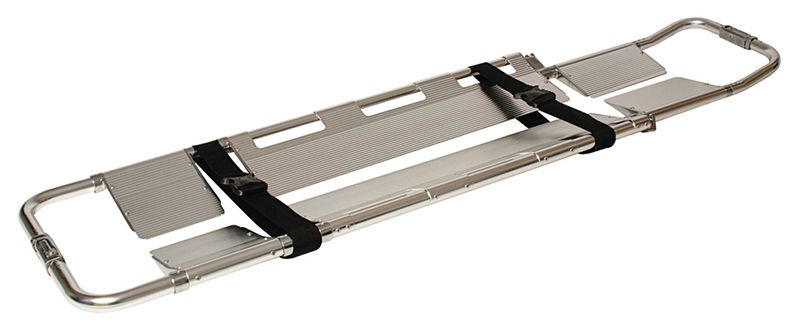
Scoop Stretcher
£275.41Supplied in: Single -

Spinal Immobilisation Board
£170.29Supplied in: Single -

Vinyl Powder-Free Gloves
£0.89Supplied in: Single Pair -
Promotion
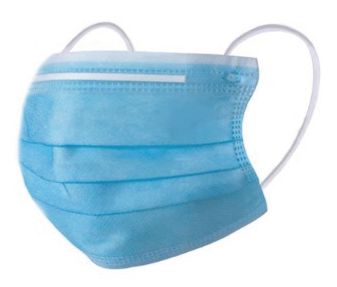
Surgical Masks Conforming to EN14683 Type II Pack of 50
£16.44
£5.00
Supplied in: Pack of 50 -

Polyco® Hexarmor Arm Guard AG8TW - Cut Resistant Sleeve
£42.99Supplied in: Single -
Promotion

Evacuation Chair Double-Sided Corridor Sign
£47.99
£40.46
Supplied in: Single -
Promotion
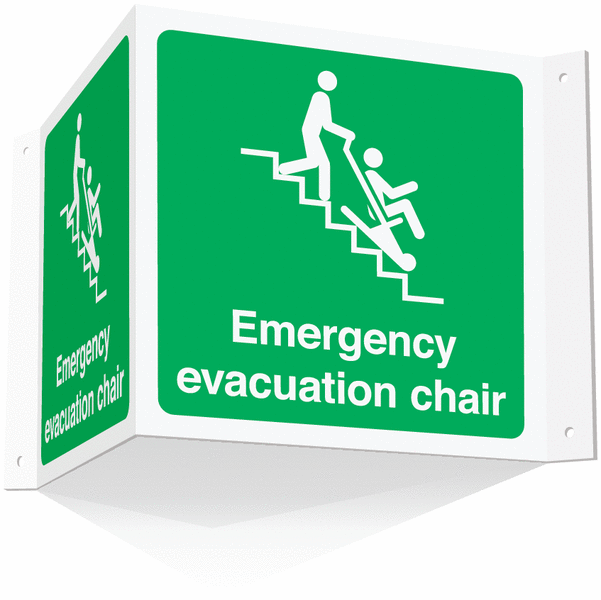
Emergency Evacuation Chair Projecting '3D' Sign
£27.99
£25.20
Supplied in: Single -

Medical Chairs
From £233.78 To £317.95Supplied in: Single -
Promotion

Xtra-Glo Emergency Evacuation Chair Signs
From £10.99 To £29.99
From £9.89 To £29.99
Supplied in: Single -

Paper Couch Roll
£4.97Supplied in: Single -

Freeze Spray
£6.28Supplied in: Single -

Accident Reporting Awareness Kits
From £22.99 To £44.09Supplied in: Single kit -
Promotion

3 Emergency Evacuation Chair Corridor Signs
£128.99
£109.34
Supplied in: Pack of 3 Signs -
Promotion

Non Contact Infrared Thermometer
£94.49
£62.80
Supplied in: Single -

Update Sign Holder - Your Nearest Evac Chair is Situated:
£19.99Supplied in: Single -

Digital Blood Pressure Monitor
£44.69Supplied in: Single -

Accident Book & Fire Safety Document Holder Multipacks
From £39.99 To £55.64Supplied in: Single -

Hot & Cold Therapy Pack & FREE Sleeve
£5.46Supplied in: Single kit -

6-Pack Nite-Glo Emergency Evacuation Chair Signs
From £70.99 To £120.99Supplied in: Pack of 6 -
Promotion

6-Pack Xtra-Glo Emergency Evacuation Chair Signs
From £58.99 To £93.99
From £41.97 To £69.97
Supplied in: Pack of 6 -

Reliance First Aid Guide Leaflet
£4.08Supplied in: Pack of 50 -
New

3 Pack Evacuation Chair Floor Directional Markers - Footprints
£28.99Supplied in: Pack of 3 -
New

3 Pack Evacuation Chair This Way Write-On Right Arrow Sign
From £30.99 To £56.99Supplied in: Pack of 3 -
New

3 Pack Evacuation Chair This Way Write-On Left Arrow Sign
From £30.99 To £56.99Supplied in: Pack of 3 -
New

Evacuation Chair Floor Directional Markers - Footprints
£9.99Supplied in: Single -
New

Evacuation Chair Wayfinding Right Arrow Sign
£20.99Supplied in: Single -
New

Evacuation Chair Wayfinding Left Arrow Sign
£20.99Supplied in: Single -
New

Evacuation Chair Symbol Anti-Slip Floor Sign
£45.99Supplied in: Single -
New

Evacuation Chair Located Upstairs Wayfinding Arrow Sign
£20.99Supplied in: Single -
New

Evacuation Chair Located Downstairs Wayfinding Arrow Sign
£20.99Supplied in: Single -
New

Evacuation Chair Located Upstairs Ascending Stair Signs
£14.99Supplied in: Single -
New

Evacuation Chair This Way Write-On Right Arrow Sign
From £9.50 To £18.50Supplied in: Single -
New

Evacuation Chair This Way Write-On Left Arrow Sign
From £9.50 To £18.50Supplied in: Single -
Promotion

Evacuation Chair Sign Awareness Kits
From £45.99 To £47.29
£45.99
Supplied in: Single kit -

Hot & Cold Therapy Sleeve
£2.67Supplied in: Single -

Tympanic Thermometer
£41.80Supplied in: Single -

Patient Transfer Sheet
£83.43Supplied in: Single -
Promotion

Stretcher First Aid Signs
From £3.99 To £31.99
From £2.69 To £27.45
Supplied in: Single -
Promotion

Xtra-Glo Projecting '3D' Evacuation Chair Sign
£36.99
£31.97
Supplied in: Single -

Digital Thermometer
£5.69Supplied in: Single -

Tympanic Thermometer Ear Probe Covers
£3.49Supplied in: Single -
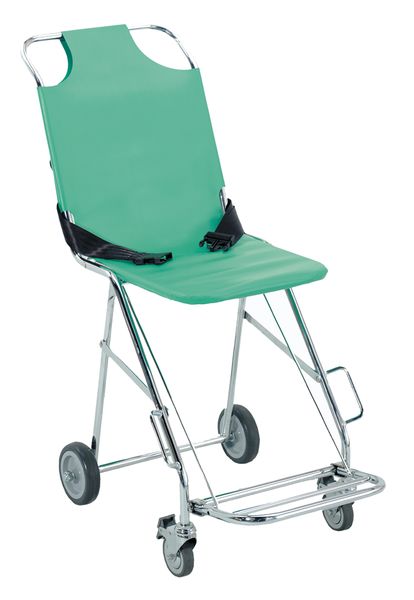
Emergency Transit Chairs
£495.99Supplied in: Single -
Promotion

Lifestyle Checkpoint Health Screening Station
From £6,000.00 To £8,039.00
From £5,760.00 To £8,039.00
Supplied in: Single -
Promotion

3 Emergency Evacuation Chair Hanging Signs
£158.99
£130.46
Supplied in: Pack of 3 Signs -

School First Aid Room Equipment Packages
From £729.83 To £1,012.70Supplied in: Single -
Promotion

Evacuation Chair Keep Area Clear Anti-Slip Floor Sign
£44.99
£34.88
Supplied in: Single -
Promotion

Emergency Evacuation Chair Double-Sided Hanging Sign
£47.99
£23.30
Supplied in: Single -
Promotion

Xtra-Glo Acrylic Emergency Evacuation Chair Signs
£37.99
£32.39
Supplied in: Single
First Aid Room Equipment
Need help?
 How to choose the correct first aid room supplies
Get First Aid Room Equipment For Less - Fast Delivery
How to choose the correct first aid room supplies
Get First Aid Room Equipment For Less - Fast Delivery
Your health and safety risk assessment will determine whether a first aid room is required. When a dedicated medical treatment room is necessary or must for legal compliance, you will also need first aid room equipment.
From folding screens and treatment couches to instrument trolleys, blood pressure monitors and more; at Seton, we have everything you need to fully equip your first aid room. Not sure what you need? Our equipment packages make it easy to get everything you need quickly.

Expert Information
Also discover:
First Aid SuppliesBurns TreatmentEmergency showers/eyewash stationsFirst Aid KitsFirst aid training equipmentEmergency BlanketsRescue stretchersHot and Cold TreatmentEvacuation chairsEvacuation chair signs
What is a first aid room used for?
A first aid, or medical, room is a designated space within a facility used for the delivery of emergency care to an individual. This space is intended to facilitate the provision of immediate support to a person taken ill or injured while at work. This is particularly useful in instances where quick professional medical attention is required, to cover the time period before this additional help arrives at the scene.
Over and above a standard box, this space will contain an array of tools and specialist furniture as well as cabinets for storage of medical products.
DESIGNATED SPACE
A medical room is a specially designated space, used exclusively for administering first aid.
FULLY STOCKED
A medical room is stocked with key equipment and supplies, inline with HSE guidance and your risk assessment.
EASY TO ACCESS
Your medical room should be easy to access, including via stretcher. It should also be positioned near to a point of access for transport to hospital.
Most commonly found in the workplace, your risk assessment will help you to identify if one is required. At Seton, we stock a full range of medical apparatus and products to fully prepare your nominated room, ensuring you have the necessary resources to respond to any incident which may occur on your premises. When setting up a medical room, don’t forget to include suitable signs to mark the location and guide those in need of aid. Signs should always be positioned so the view of them is not obstructed and their message can be delivered efficiently
Where should a first aid room be located?
Under the Health and Safety (First-Aid) Regulations 1981, your medical room should “be positioned as near as possible to a point of access for transport to hospital” to aid a quick departure from the site for those individuals that require such care.
Not only should your nominated room be clearly signposted, thereby making it easy for individuals to locate in an emergency, there is a requirement for it to be accessible via stretcher without special arrangements made for access - such as may be required in an evacuation situation.
First-aid rooms should:
- be large enough to hold an examination/medical couch, with enough space at
- each side for people to work, a chair and any necessary additional equipment;
- have washable surfaces and adequate heating, ventilation and lighting;
- be kept clean, tidy, accessible and available for use at all times when
- employees are at work;
- be positioned as near as possible to a point of access for transport to hospital;
- display a notice on the door advising of the names, locations and, if
- appropriate telephone extensions of first-aiders and how to contact them.
The Health and Safety (First-Aid) Regulations 1981
Considering these needs, it makes sense for a dedicated room to be positioned on the ground floor of your building, ideally at the front of the site, if possible.
How do I find out if my workplace needs a first aid room?
As an employer you hold complete responsibility for ensuring that individuals are able to receive immediate medical assistance, in the event they are taken ill or injured at their place of work. It is easy to believe that rigorous processes and safety precautions will prevent such incidents, however such measures are preventative and not a substitute for proper first aid provisions. Despite our best efforts accidents and illnesses can strike at any time. Providing proper medical support provisions can save lives and prevent a number of single minor injuries from becoming much more serious.
So what defines proper provisions? To answer this question, the first thing you should do is undertake a health and safety assessment. Carefully considering the hazards, and associated risks, goes a long way in helping determine the level of provisions you may need. Your risk assessment should include some consideration of the nature and working patterns of the workforce, any history of accidents, as well as the size of the organisation.
If there are particular hazards or greater risk of more serious injury present, or if you run a business of a larger size or a school, then a medical room and suitable set of products will likely be necessary.
Employers should provide a suitable first-aid room or rooms where the assessment of first-aid needs identifies this as necessary. The first-aid room(s) should contain essential first-aid facilities and equipment, be easily accessible to stretchers and be clearly signposted and identified. If possible, the room(s) should be reserved exclusively for giving first aid.
The Health and Safety (First-Aid) Regulations 1981
If you are looking for advice for office based facilities please see our guide to first aid in the office.
What should be kept in the first-aid room?
Your medical room should contain sufficient first aid resources to tackle the risks identified in your risk assessment. The Health and Safety Executive (HSE) provides guidance on typical facilities and materials that should be included.
While not a complete and exhaustive list, typical contents of a first aid room are;
| Requirement | Example |
|---|---|
| 1. A sink with hot and cold running water | |
| 2. Soap and paper towels | |
| 3. A store for first-aid materials | First Aid Cabinets |
| 4. Foot-operated refuse containers, lined with yellow, disposable clinical waste bags or a container suitable for safe disposal of clinical waste | Hands-Free Medical Room Clinical Bin |
| 5. An examination/medical couch with waterproof protection and clean pillows and blankets | Treatment Couch |
| 6. A chair | Medical Chair |
| 7. A telephone or other communication equipment | |
| 8. A record book for recording incidents attended by a first-aider or appointed person |
If you are unsure of where to start when it comes to furnishing a first aid room, then a First Aid Equipment Package could be immensely helpful to you, as they come with all the larger furnishings needed to get your new space set-up and working, at a cost-effective price.
Choosing First Aid Room Supplies
At Seton, we aim to provide a comprehensive product range without compromising on quality or price. Our range of furniture for first aid rooms includes cabinets and lockers used to store and secure medications or any other sensitive or hazardous treatments and items such as gloves. For larger rooms, we also have the Metal First Aid Storage Cabinet, which is lockable yet easily accessible. With glass upper doors, the user can easily view what is kept in the cupboard and what might be missing and need replacing. The lower compartment has adjustable shelves so that items of all shapes and sizes can be kept in storage there.
Other items to consider include hot and cold treatments. These are a great investment, as many injuries that are sustained while individuals are working can initially be treated with either hot or cold pain treatment so that pain can be lessened and relieved without the use of painkillers or other medication. Freeze Spray, for example, can be used to relieve muscle stiffness and strain, sprains, bruises or cramps and is very easily applied. The Reusable Hot and Cold Packs are also extremely versatile. Chill a pack in the freezer or warm it up in the microwave and then apply it to the area of pain to provide practically instantaneous relief.
Once you have established where to place, and stocked your assigned area; it is important to use appropriate signs to indicate the purpose of the space. Our Premium Medical Room Signage Kits includes all the signs you need to display in and around your new room, including a list of trained first aiders.
Many businesses choose to add a defibrillator to help protect their workforce. For more information, take a look at our huge range of UK-approved defibrillators - all supplied with quick delivery from our UK distribution centre.
Another way of provisioning your first aid area would be to invest in a First Aid Room Equipment Kit. A little more comprehensive than your average first aid kit, these economical solutions are a good investment for anyone looking to furnish a new first aid space from scratch, rather than those updating and replacing or adding to their current setup. The kits come with everything you could possibly need, from a treatment lounger to a lockable cabinet, surgical trolley and stainless steel bin. Economy and premium furniture product kits are available - please see the table below to compare their respective contents.
| Product | Contents List | |
|---|---|---|
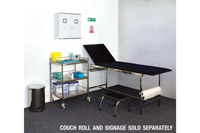 |
Economy First Aid Room Kit |
Treatment Couch1
Surgical Trolley1
Stainless Steel Bin1
Double Wall Cabinet1
|
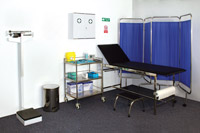 |
Premium First Aid Room Kit |
Treatment Couch1
Surgical Trolley1
Stainless Steel Bin1
Double Wall Cabinet1
Column Scales1
Mobile Folding Screen1
|
Other items to think about when getting your first aid space ready for use are disposable and reusable medical equipment. From disposable gloves to polythene aprons, clinical waste containers, scissors, forceps and scales, we have a great range of supplies, whether you’re in the market for reusable or disposable supplies.
Who should have access to the first-aid room? Can a first aid room be locked?
Whilst there is no defined legislation against locking a medical room, the HSE issues guidance on who should have access to your designated space;
If possible, the room should be reserved specifically for providing first aid and a designated person (first-aider or appointed person) should be given responsibility for supervising it. The room should be easily accessible to stretchers and be clearly signposted and identified.
Many organisations choose to limit access exclusively to a selected group of individuals - such as first aider(s) and management - perhaps using the space as storage for medical supplies and apparatus. Others may provide access for all via some form of digital system; such as swiping a card to unlock the door; where the card identifies the individual, logging their access to the room in a computer-based record. Smaller businesses may assign sole-responsibility for the room to a single individual.
Provided there is suitable access for all individuals to administer first aid as required - by using an unlocked first aid box for example - limiting access to your medical room should not have a detrimental impact on an individual’s ability to receive emergency aid.


